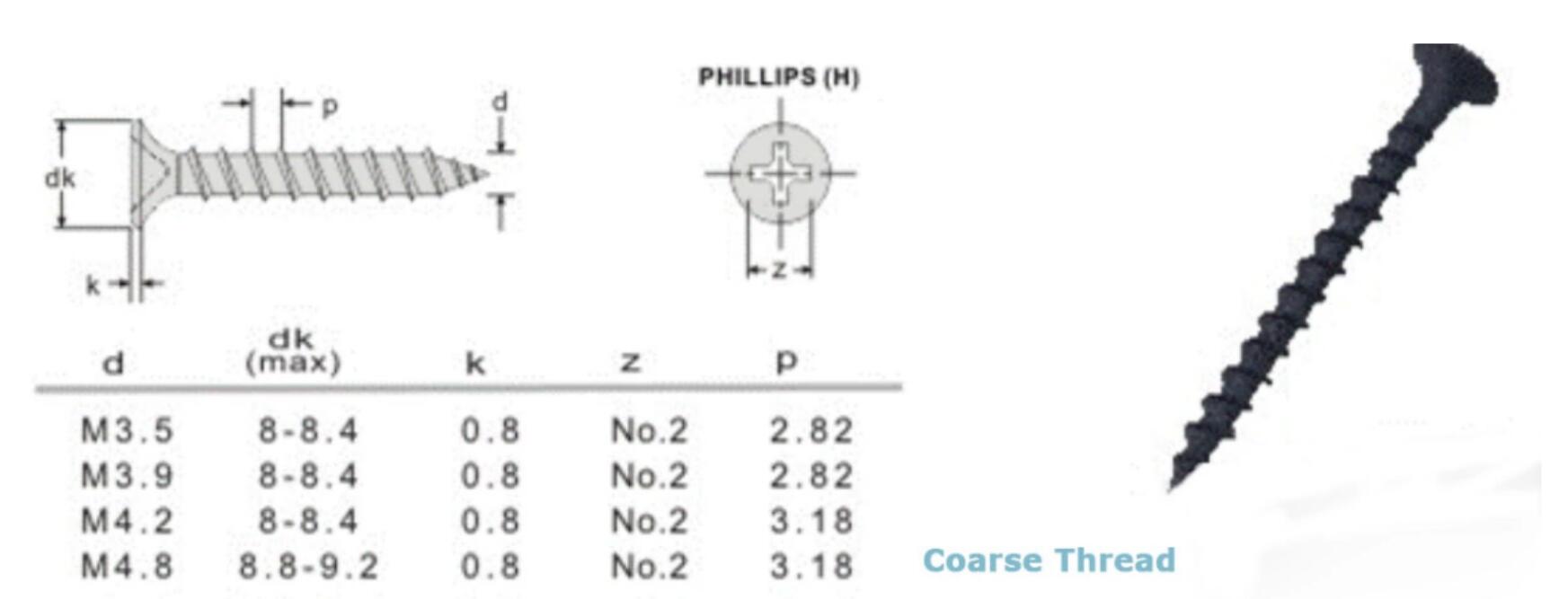famous drywall screw pops causes
Understanding Famous Drywall Screw Pops Causes and Solutions
Drywall screw pops can be an all-too-common issue in homes and commercial buildings, often manifesting as unsightly bumps on walls and ceilings. While they may appear to be merely cosmetic imperfections, understanding the causes behind screw pops is essential for effective repairs and the prevention of future occurrences.
What Are Drywall Screw Pops?
Drywall screw pops occur when the screws that secure drywall sheets to the framing underneath become loose or begin to back out of the drywall surface. This condition typically results in small, raised areas where the screw head is no longer flush with the wall. While screw pops are not indicative of serious structural problems, they can be a nuisance and detract from the overall aesthetic of your space.
Common Causes of Drywall Screw Pops
1. Temperature and Humidity Fluctuations One of the most prevalent causes of drywall screw pops is the expansion and contraction of building materials due to changes in temperature and humidity. When the framing materials, such as wood studs, expand in heat or moisture, they can push against the drywall, causing screws to loosen. Conversely, when temperatures drop, materials contract, potentially leading screws to withdraw from the drywall surface as they settle.
2. Improper Installation Another critical factor in the emergence of screw pops is improper installation techniques. If drywall screws are over-driven, they can break through the paper face of the drywall, reducing their holding power. On the other hand, under-driven screws may not secure the board tightly enough against the framing, leading to movement and eventual popping as the material shifts over time.
3. Poor-Sized Screws Using screws that are either too short or too long can also contribute to the problem. Screws that are too short do not penetrate deep enough into the framing to secure the drywall effectively, while excessively long screws can penetrate the wall too deeply, causing problems as the material shifts.
4. Settling of the Building New constructions or homes built on unstable soil may experience settling over time. Such shifting can place stress on the drywall, contributing to screw pops as the framing adjusts to its new position.
5. Lack of Adhesive A common oversight during drywall installation is failing to use adhesive in addition to screws. The use of drywall adhesive can help create a more stable bond between the drywall and the framing, significantly reducing the likelihood of screw pops.
famous drywall screw pops causes

How to Fix Drywall Screw Pops
Repairing screw pops is a relatively simple process that can be done with basic tools and supplies. To fix a screw pop, follow these steps
1. Identify the Pop Locate the area where the screw has popped. Typically, this will feel like a small bump under the surface of the drywall.
2. Re-secure the Screw Use a drywall screwdriver to drive the screw back into the framing. If the screw is stripped or the existing hole is too large, consider using a new screw placed nearby to anchor it into untouched wood.
3. Patch the Hole Apply a small amount of joint compound over the area to create a smooth surface. Use a putty knife to spread the compound evenly.
4. Sand and Paint Once the joint compound has dried, sand the area until smooth, then touch up with paint to match the surrounding wall.
Preventing Future Screw Pops
Preventing screw pops from occurring in the first place is often the best approach. Here are a few preventative measures
- Ensure proper installation techniques are used by qualified professionals. - Opt for screws that are appropriately sized for your drywall and framing materials. - Consider applying adhesive in addition to screws for added stability. - Monitor temperature and humidity levels in your home and take measures to control significant fluctuations.
In conclusion, while drywall screw pops can be a minor inconvenience, understanding their causes and addressing them promptly can keep your walls looking their best. Proper installation and regular maintenance are key to minimizing the occurrence of these pesky imperfections in your living or working space.
-
Top Choices for Plasterboard FixingNewsDec.26,2024
-
The Versatility of Specialty WashersNewsDec.26,2024
-
Secure Your ProjectsNewsDec.26,2024
-
Essential Screws for Chipboard Flooring ProjectsNewsDec.26,2024
-
Choosing the Right Drywall ScrewsNewsDec.26,2024
-
Black Phosphate Screws for Superior PerformanceNewsDec.26,2024
-
The Versatile Choice of Nylon Flat Washers for Your NeedsNewsDec.18,2024










